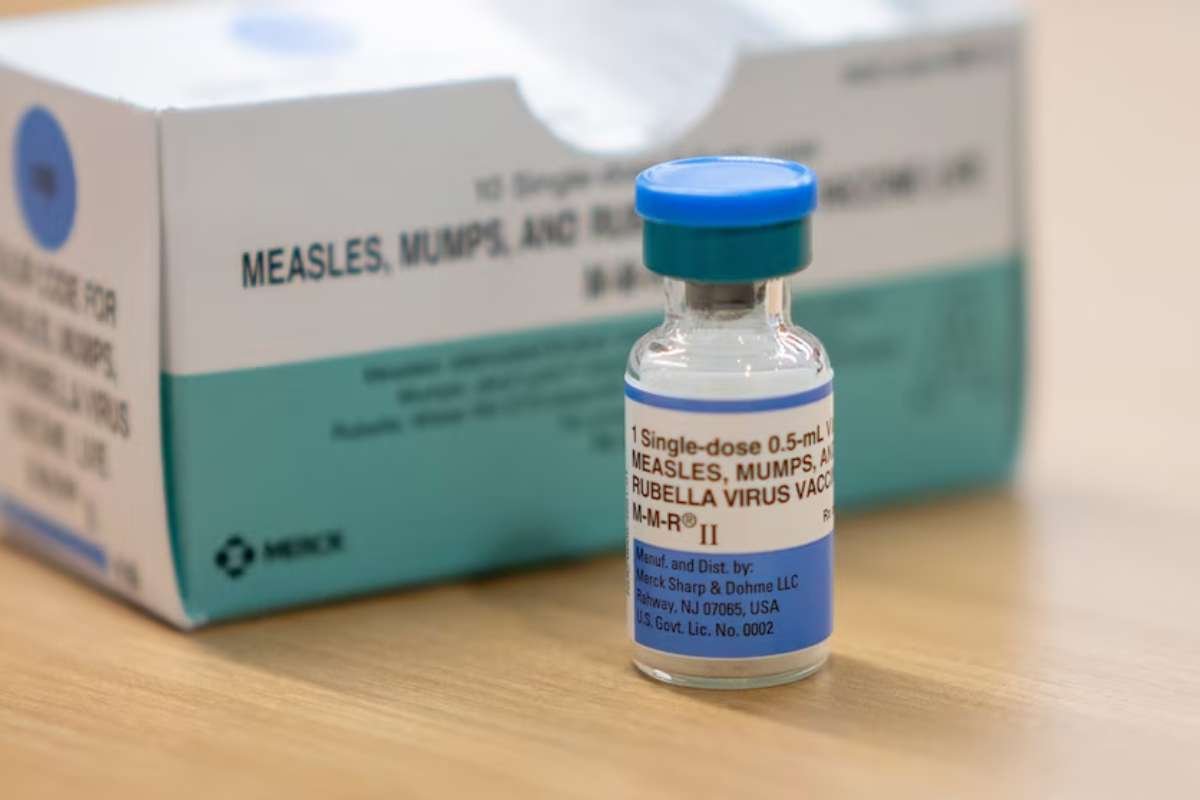A recent study indicates that about half of cases of hypertension in middle-aged and older persons occur within couples and are shared, or “concordant,” meaning that if one partner has high blood pressure, so does the other.
The study, which was published on Wednesday in the Journal of the American Heart Association, found that among heterosexual couples in four countries—China, England, India, and the United States—women who were married to men with high blood pressure had a higher likelihood of developing hypertension themselves than those whose husbands did not. Additionally, men whose spouses had hypertension were more likely to also have hypertension than those whose spouses did not.
Many individuals are aware that middle-aged and older folks in the US, UK, China, and India frequently have high blood pressure. However, we were shocked to see that a large number of elderly couples in these nations have high blood pressure. For example, almost 35% of married couples in the US who are 50 years of age or older have both hypertension,” said Chihua Li, an author of the study and post-doctoral scholar at the University of Michigan, in an email on Wednesday.
“We offer a cross-national comparison perspective because this is the first study to examine concordant hypertension within couples from both high- and middle-income countries using nationally representative data,” Li said. “This study represents the largest on this topic to date as well.”
Many Couples Share High Blood Pressure, New Research Suggests
Based at the University of Michigan, Emory University, and Columbia University, the researchers looked at data from 3,989 couples in the US, 6,514 couples in China, 22,389 couples in India, and 1,086 couples in England. The information was gathered from research and surveys conducted between 2015 and 2019 and represents a single point in time.
All adults 50 years of age and older, as well as their spouses, were included in the data from the United States and England. Regardless of age, wives of persons 45 and above were included in the data from China and India.
The overall systolic blood pressure, or the top number in a measurement, and the diastolic blood pressure, or the bottom number, were estimated for each spouse by averaging three blood pressure readings. In this study, hypertension was defined as a systolic blood pressure of 140 mmHg or higher, a diastolic blood pressure of 90 mmHg or higher, or a history of high blood pressure as certified by a medical professional.
In particular, the number of couples in the study with “concordant hypertension,” or high blood pressure in both the husband and the wife, was examined and compared by the researchers.
In all four of the countries, the researchers discovered a “high prevalence” of concordant hypertension. Concomitant hypertension affected 47.1% of couples in England, 37.9% in the US, 20.8% in China, and 19.8% in India, according to the data.
The researchers concluded that their findings “suggest that around half of all hypertension cases in these populous countries are concordant within couples.”
In all four of the nations, they discovered that the frequency of hypertension was lower in wives than in husbands; however, compared to couples in the US and England, those residing in China or India were more likely to have a partner with hypertension.
“More research is needed to fully understand these discrepancies, which are probably complex. They might be explained by cultural differences between nations, the researchers stated, noting that couples are more likely to have similar eating, exercise, and lifestyle habits in Asian cultural contexts than in Western ones, which place more emphasis on “individualism.”
Compared to China and India, the United States and England have higher rates of high blood pressure; nevertheless, the relationship between a couple’s blood pressure status and that of the other country was stronger in China and India. Cultural factors could be one of the causes. Couples may have a greater influence on each other’s health because of the strong family values in China and India, according to a news release sent on Wednesday by Peiyi Lu, co-lead author of the study and post-doctoral fellow in epidemiology at Columbia University’s Mailman School of Public Health.
Also Read: Blood Pressure: A Personalized Treatment to be More Effective, a Study Finds







